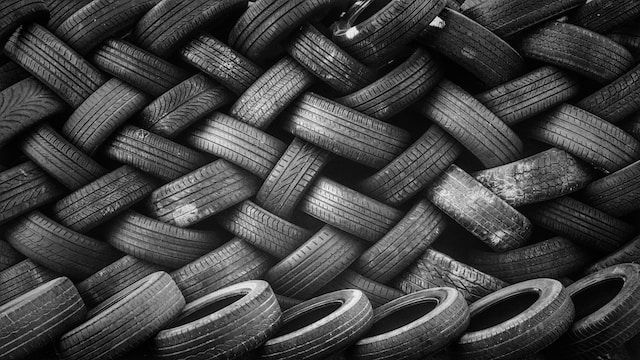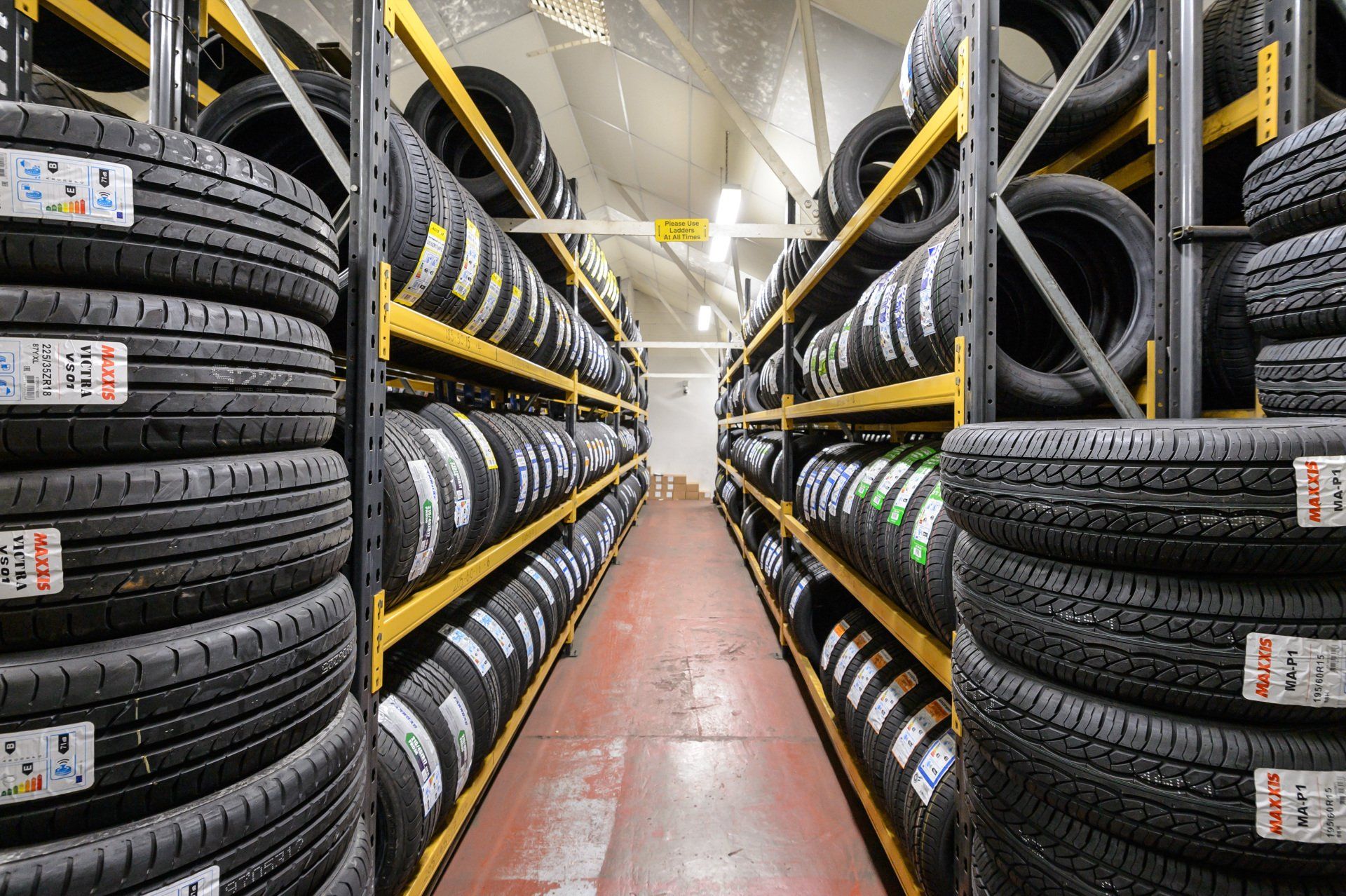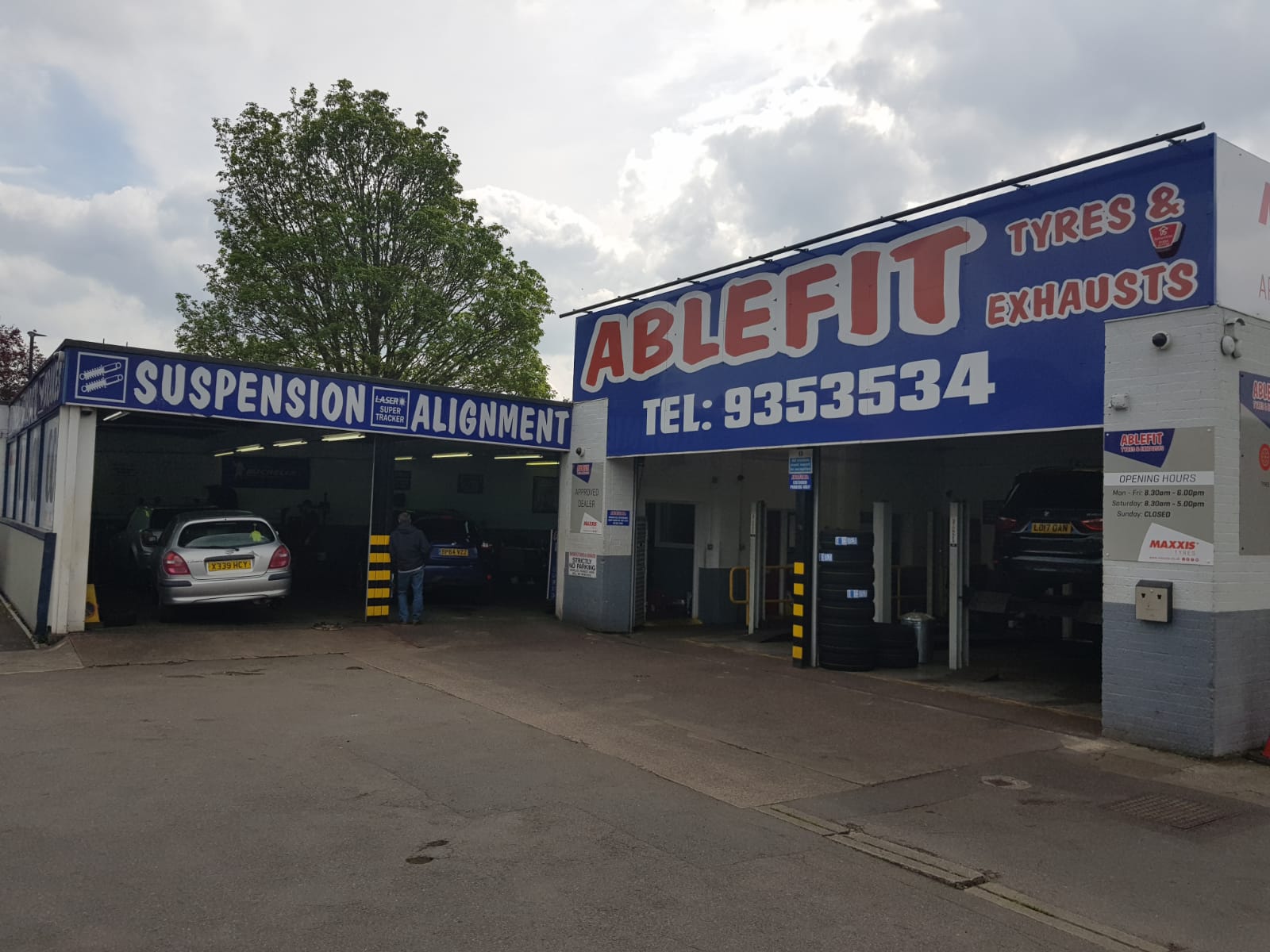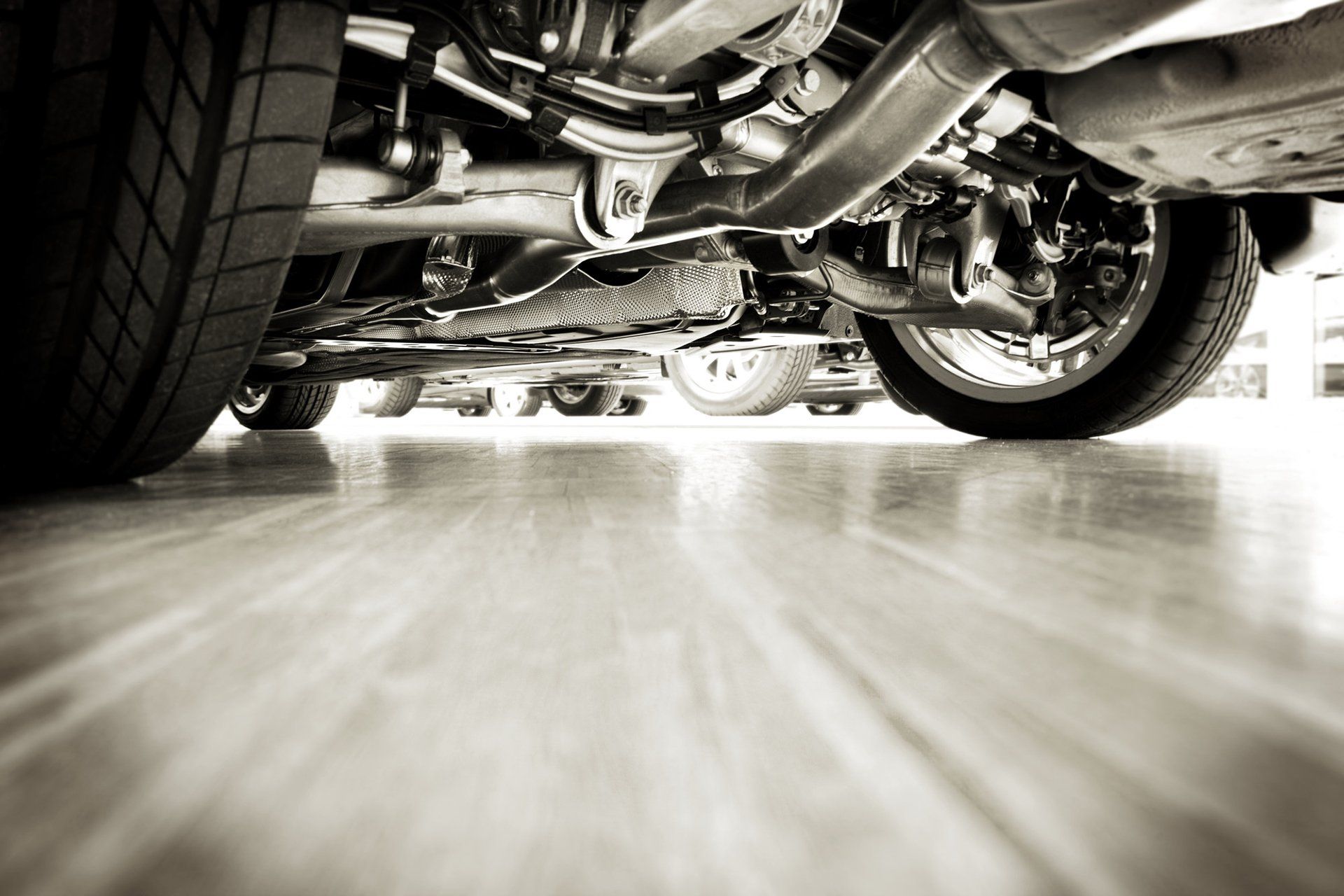What Sort of Tyre Sidewall Damage is Dangerous?
At what point should you consider new tyres?
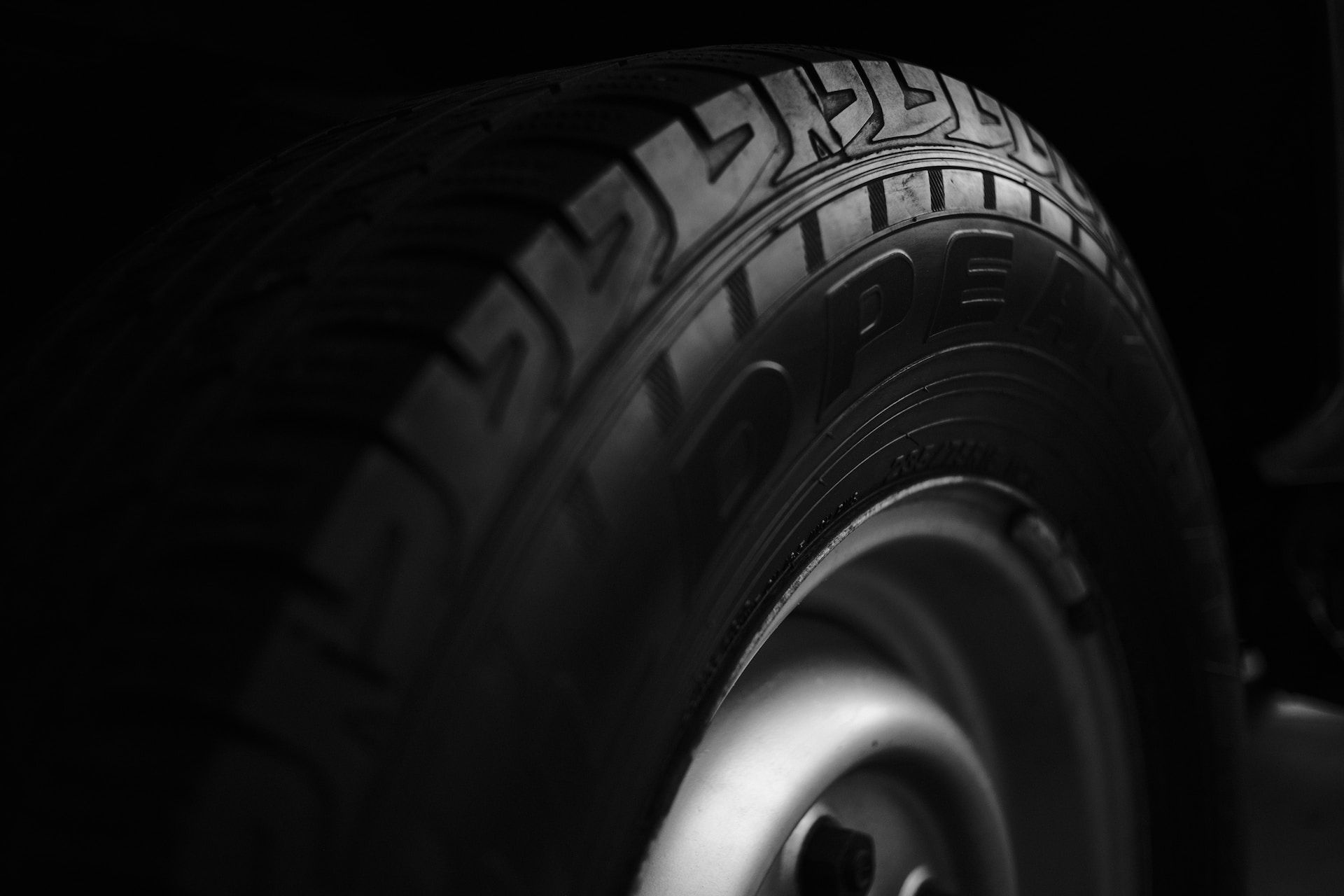
The condition of your vehicle's tyres is of paramount importance for both safety and vehicle performance. While most of us are familiar with checking our tyre treads for wear, the sidewalls of your tyres are often overlooked, and are equally as important. Tyre sidewall damage can be highly dangerous if left unaddressed, potentially leading to expensive repairs, MOT failures, and can be the cause of serious accidents. We'll explore various aspects of tyre sidewall damage, including the types of damage, considerations for MOTs, preventive measures, and whether it's safe to drive with a damaged sidewall or repair the tyre.
Types of Tyre Sidewall Damage
Tyre sidewall damage can manifest in various ways, each with its own potential hazards:
Cuts and Gashes
Often caused by sharp objects or debris on the road, these can compromise the structural integrity of the tyre and lead to blowouts.
Cracks
Exposure to the elements over time can cause cracks in the sidewall rubber. These seemingly superficial cracks can expand, leading to air leakage or blowouts, posing a substantial threat.
Punctures
Although punctures are more common in the tyre's tread area, they can also occur on the sidewall, compromising the tyre's structure and safety.
Bulges and Blisters
Bulges and blisters may result from internal damage, like broken cords or plies. They weaken the tyre and create a risk of sudden failure while driving, making them a significant concern.
Learn more here about other types of
tyre damages and when to replace your tyres.
Bulges and Blisters: The Causes and Dangers Explored
Bulges and blisters weaken the tyre's structure, creating an increased risk of failure. One cause of bulges and blisters is internal damage, to often resulting from collisions with curbs, potholes, or other objects, as well as from manufacturing defects or long-term wear and tear.
The dangers of bulges and blisters lie in their potential to cause a sudden blowout while driving. These deformations weaken the tyre's ability to maintain its shape and structural integrity, making it susceptible to bursting under the pressure of normal driving conditions.
How to Prevent Tyre Sidewall Damage
Prevention is always better than cure, and protecting your tyres from sidewall damage is no exception. Here are some tips to help you avoid sidewall damage:
Drive carefully
Avoid hitting curbs, potholes, and debris on the road to minimize the risk of causing damage to your tyres, which includes your sidewalls.
Maintain proper tyre pressure
There are many reasons to ensure tyre pressure is maintained, however underinflated tyres are more susceptible to sidewall damage, so regularly check and maintain the recommended tyre pressure.
Inspect your tyres
Regularly examine and maintain your tyres for signs of damage, bulges, or cuts, and regularly address any issues promptly.
Choose high-quality tyres
Invest in reputable tyre brands known for their durability and sidewall strength. At Ablefit, we supply a range of premium tyre brands.
Can You Drive on a Tyre with a Damaged Sidewall?
In most cases, it is not safe to drive on a tyre with a damaged sidewall. Sidewall damage compromises the structural integrity of the tyre, increasing the risk of a blowout or loss of control while driving. It's essential to replace or repair damaged tyres promptly to ensure your safety on the road. If you’re unsure, it’s better to err on the side of caution and have the tyre or tyres in question reviewed by a specialist.
Contact Ablefit
If you've encountered tyre sidewall damage, or any other issues with your tyres for that matter, contact Ablefit for expert advice and see our range of premium tyres to keep you and your vehicle safe on the road. Our centres in Brislington, Longwell Green and Muller Road are open Monday to Saturday every week, and all of our tyres come with a manufacturer’s lifetime guarantee.


